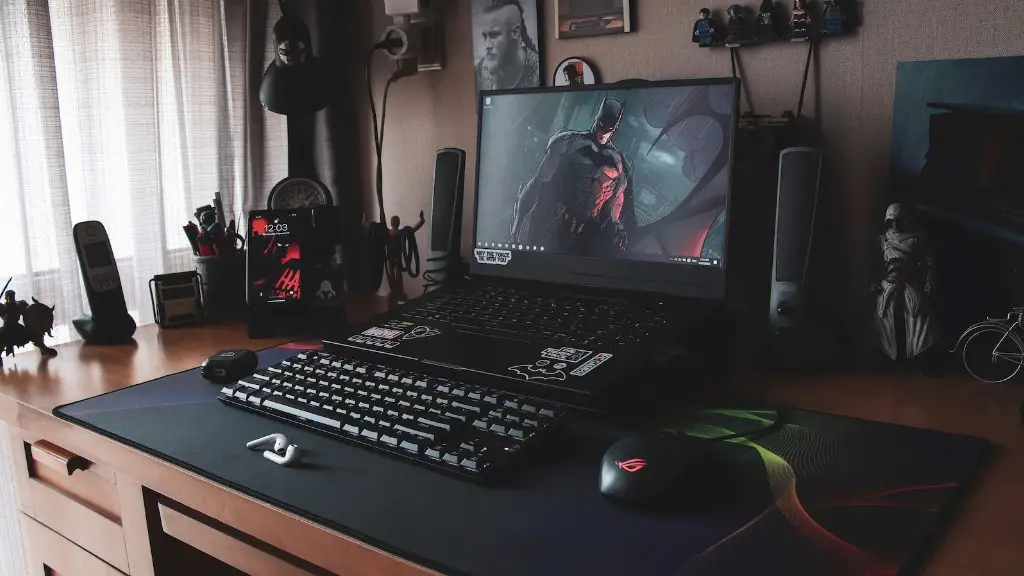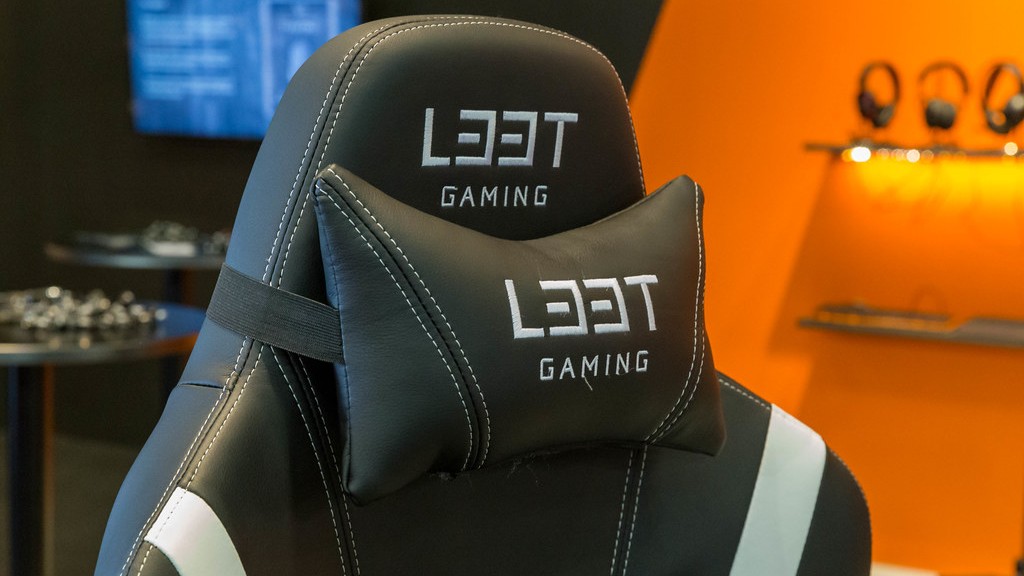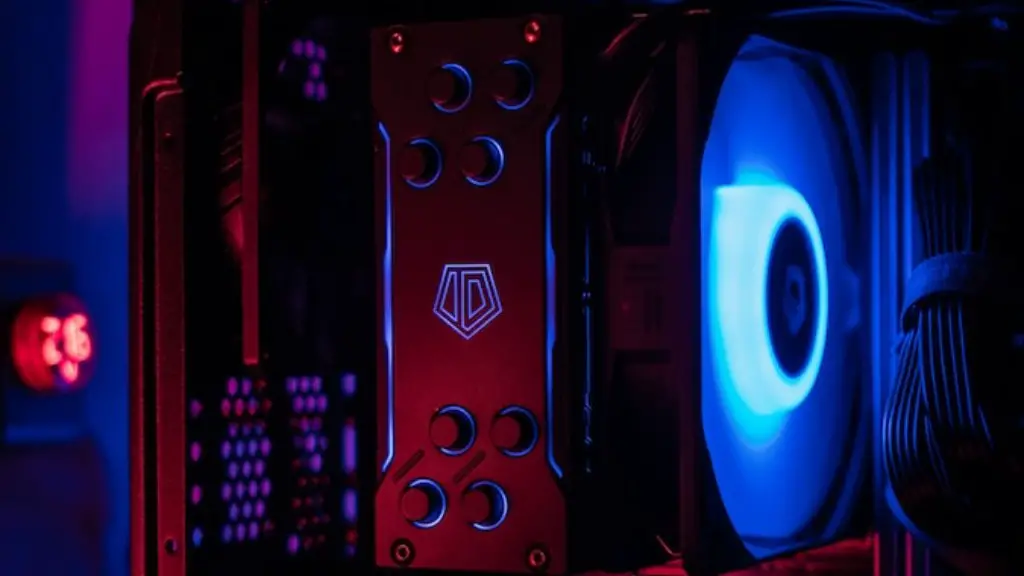In order to maximize your gaming experience and avoid any unnecessary technical issues, it’s important that you correctly set up your gaming laptop. A gaming laptop is more than just a computer – it’s an integral part of creating the immersion necessary for enduring long and productive gaming sessions.
The initial setup process requires an understanding of the components involved and their individual roles. There are five important components to consider when setting up a gaming laptop: the processor, RAM, graphics card, cooling system, and monitor.
The processor is what enables your laptop to operate at an optimal level while gaming. A good processor will ensure that your system runs faster and minimizes any latency or lag. You should focus on getting a processor with a clock speed of 2.6GHz or higher for the best gaming performance.
The more RAM your laptop has, the better gaming performance you will get. Opt for at least 8GB of RAM, as this will allow you to run multiple game processes simultaneously without experiencing any slow-downs.
A dedicated graphics card is an essential component for running graphics-intensive games. The graphics card provides extra power, allowing for higher resolutions and a smoother gaming experience. You should opt for an Nvidia GTX or AMD Radeon, which are the best graphics cards on the market.
Your laptop needs to remain cool while gaming, otherwise it could overheat or even damage the hardware. The best way to ensure your laptop doesn’t overheat is to invest in a laptop cooling pad. This will keep your laptop running at an optimal temperature, ensuring a smooth gaming experience.
Finally, a monitor is necessary for displaying your game. Look for a monitor with a resolution of 1920 x 1080 or higher, as this is the standard for most gaming laptops. Also, ensure that the monitor has either an IPS or TN panel (or both), as this will ensure that the colors are accurate and vivid.
Hardware And Software Setup
Once you have all of your laptop’s hardware setup, it’s time to install and configure the software. Begin by installing the operating system that came with your laptop; this should have all the necessary drivers installed.
Next, install any updates for the OS, as this will help to ensure that your laptop remains up to date with all of the latest bug fixes and security patches. After that, you’ll want to install any game-related software, such as Steam or Origin. These programs will ensure that you have easy access to the games you own.
Finally, you’ll want to check out the Control Panel and make any necessary changes. This may include changing the power settings to ensure that your laptop is optimized for gaming.
Considerations For Storage And Memory
Now that all of your software is setup, it’s time to consider storage and memory. The amount of storage you’ll need will depend on the type of games you want to play. If you’re playing heavyweight games like Star Citizen or No Man’s Sky, you’ll need at least 1TB of storage space.
Also, make sure to check the memory allocation for any games you plan to play. Some games may require more memory than your laptop can provide. If this is the case, you can try to lower the game’s graphics settings, or upgrade your RAM.
It’s also important to consider the type of hard drive you are using. Solid-state drives are faster and more reliable than traditional hard drives, so if you have the budget for it, it’s worth investing in a good SSD.
External Peripherals
Finally, you’ll want to consider any external peripherals you’ll be using. A good gaming mouse is a must-have, as it allows for precise movements and faster reactions. And if you’re serious about gaming, a gaming headset is also a must. This will provide better audio quality as well as allow you to chat with other gamers while playing.
Also, consider investing in a gaming desk and chair, as these will make gaming much more comfortable and improve your overall experience.
Customizing Settings
Once all the hardware and software is setup and the external peripherals are ready, the next step is to customize your laptop’s settings. Begin by configuring the performance settings so that your laptop will run optimally while gaming. For example, you can adjust the power settings to increase the processor speed and ensure that the laptop doesn’t overheat while gaming.
Also, you’ll want to check the audio settings and ensure that they are optimized for gaming. Make sure the volume is loud enough and that the audio isn’t distorted. Additionally, it’s also important to set up the display settings, as these will have an impact on your viewing experience.
Installing Games
Once all the settings are in place, it’s time to start installing the games you want to play on your laptop. Begin by searching the game library of your preferred platform (be it Steam, Origin, etc.). Select the games you want to play, and then install them.
Make sure to install the latest patches and updates for each game. This is important for ensuring that your game runs smoothly and is compatible with the latest hardware and software.
Once all your games are installed, you’re ready to start gaming. Just make sure to calibrate your peripherals and check your display settings before you start. This will ensure you have the best gaming experience possible.
Benchmarking Performance
Once you’ve setup your gaming laptop and all of the games are installed, it’s time to ensure that your system is running at its optimal performance level. One way to check this is to benchmark the system. This will tell you how your laptop is performing in real-time and will give you an idea of whether any adjustments need to be made.
You can benchmark your laptop using software such as 3DMark or PCMark. These benchmarking tools will provide you with a detailed report of your system’s performance and any issues that you may need to address.
Once the report is generated, you can use it to identify any weak points of your system. This will then allow you to make any necessary adjustments to improve your laptop’s gaming performance.
Maintaining Your Laptop
In order to keep your laptop running optimally while gaming, it’s important to maintain it properly. This means ensuring that it’s clean and free of dust, as this can negatively affect the performance of your system.
Also, it’s important to regularly update your hardware drivers. Drivers are the pieces of software that allow your hardware to run smoothly. If they are out of date, then your laptop may experience stuttering or slowdowns while gaming.
It’s also a good idea to back up your data regularly. This will ensure that you don’t have to start from scratch if something goes wrong with your laptop. Finally, make sure to run antivirus and malware scans on a regular basis; this will help to keep your laptop safe from malicious software.



